 No voy a descubrir aquí a Luis Fenández-Galiano pero reconozco que recurro de vez en cuando a revisar el número 104 (2003) de las monografías de AV. Se llamó aquel especial House, Body, Crisis (CASA, CUERPO, CRISIS) y en su prólogo ya nos avisa que el millar de fotografías que lo ilustran proceden de los fondos que utiliza para sus clases y conferencias.
No voy a descubrir aquí a Luis Fenández-Galiano pero reconozco que recurro de vez en cuando a revisar el número 104 (2003) de las monografías de AV. Se llamó aquel especial House, Body, Crisis (CASA, CUERPO, CRISIS) y en su prólogo ya nos avisa que el millar de fotografías que lo ilustran proceden de los fondos que utiliza para sus clases y conferencias.“La densidad resultante recuerda algo el abigarramiento de los antiguos gabinetes de pintura. Aquí, la cinta del Grafoscopio se ha reemplazado por una serie de encuadres, aunque engarzados en un panorama de continuidad similar. Con un título que evoca el de otra monografía realizada hace más de quince años (ya 22 en 2010), el millar de imágenes de esta galería de sombras compone un discurso del ojo o contra el ojo, un registro del desorden de los tiempos y acaso también una melancólica llamada al orden”.
Ayer casualmente, o quizá no tanto, descubrí entre ese millar una fotografía que en cierto modo tenía que ver con la entrada mundo Bauhaus que publiqué el 31 de enero de 2010 (http://lc-architects.blogspot.com/2010_01_01_archive.html).
Y es que la Bauhaus, nuestra querida Bauhaus, está demasiadas veces (también aquí) en boca o en mano de todos (por otro lado como ese famoso coño de Bernarda Nadie, que dicen que vivió en las Alpujarras granadinas, allá por el siglo XVI (http://lacomunidad.elpais.com/antoni/2009/11/2/el-cono-la-bernarda).
La metáfora de esa mujer semidesnuda leyendo una antológica sobre la Bauhaus me intrigó de tal modo que empecé a bucear en internet sobre el lugar en el que se publicó por primera vez (http://archis.org/) y sobre el autor de la misma, el interesante fotógrafo, profesor y crítico de arquitectura Roemer van Toorn (http://www.roemervantoorn.nl/). No dejen de bucear en su magnífica web.
Porque hay mucho trabajo y reflexión detrás de lo que aparentemente sólo es una irreverente fotografía.
Luis Cercós (LC-Architects)
http://www.lc-architects.com/
After graduating from the University of Technology Delft, Roemer van Toorn published The Invisible in Architecture (1994), in collaboration with Ole Bouman; in this acclaimed encyclopedic manifest he dissects the varied range of cultural, economic, political and philosophic outlook within the contemporary architectural discourse with the aim of outlining the different positions and issues of today's architecture. As professor, he runs and coordinates the Projective Theory program at the Berlage Institute and is a researcher at Delft School of Design run by Arie Graafland at University of Technology Delft, while at the same time pursuing a career as an international lecturer. He has been the editor of several issues of the annual publication Architecture in the Netherlands, as well as an advisor of the magazine Archis (Volume), Hunch, Domus and Abitare. As author and photographer he also contributes to many other publications. His photography work has been exhibited in Winnipeg, Los Angeles and was part of the exhibition Cities on the Move curated by Hou Hanru and Hans-Ulrich Obrist. In October 2004 his photos on the Society of The And have been exhibited at Archilab The Naked City curated by Bart Lootsma. Currently he is working on a publication as part of his Ph.D research (Berlage Chair) at the TU Delft From Fresh Conservatism to Radical Democracy. Aesthetics as Form of Politics. Forthcoming is his English photobook the Society of The And (Nai publishers, 2010), which includes besides text by himself, articles by Stefano Boeri, and Bart Lootsma.





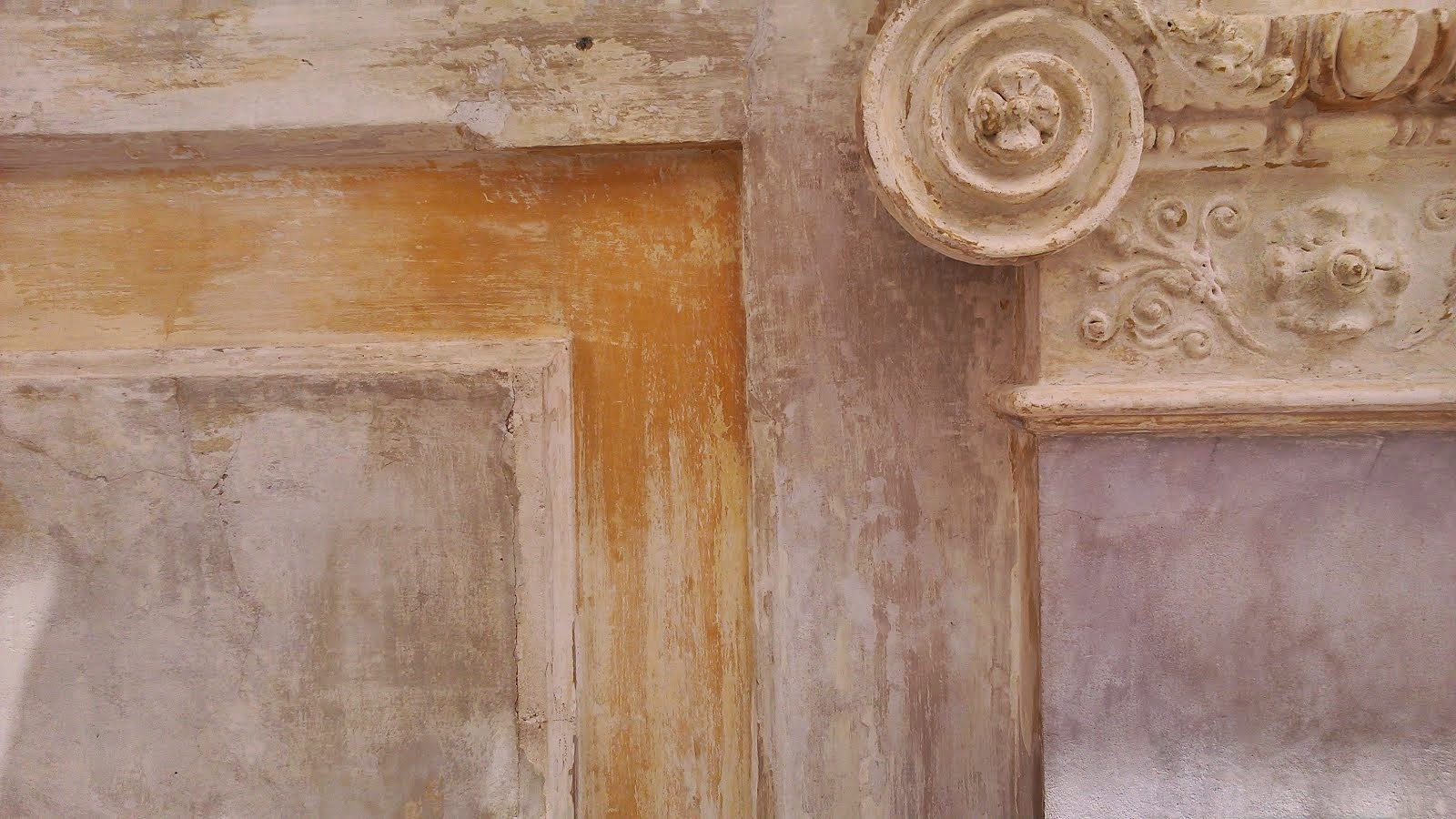
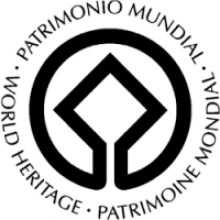


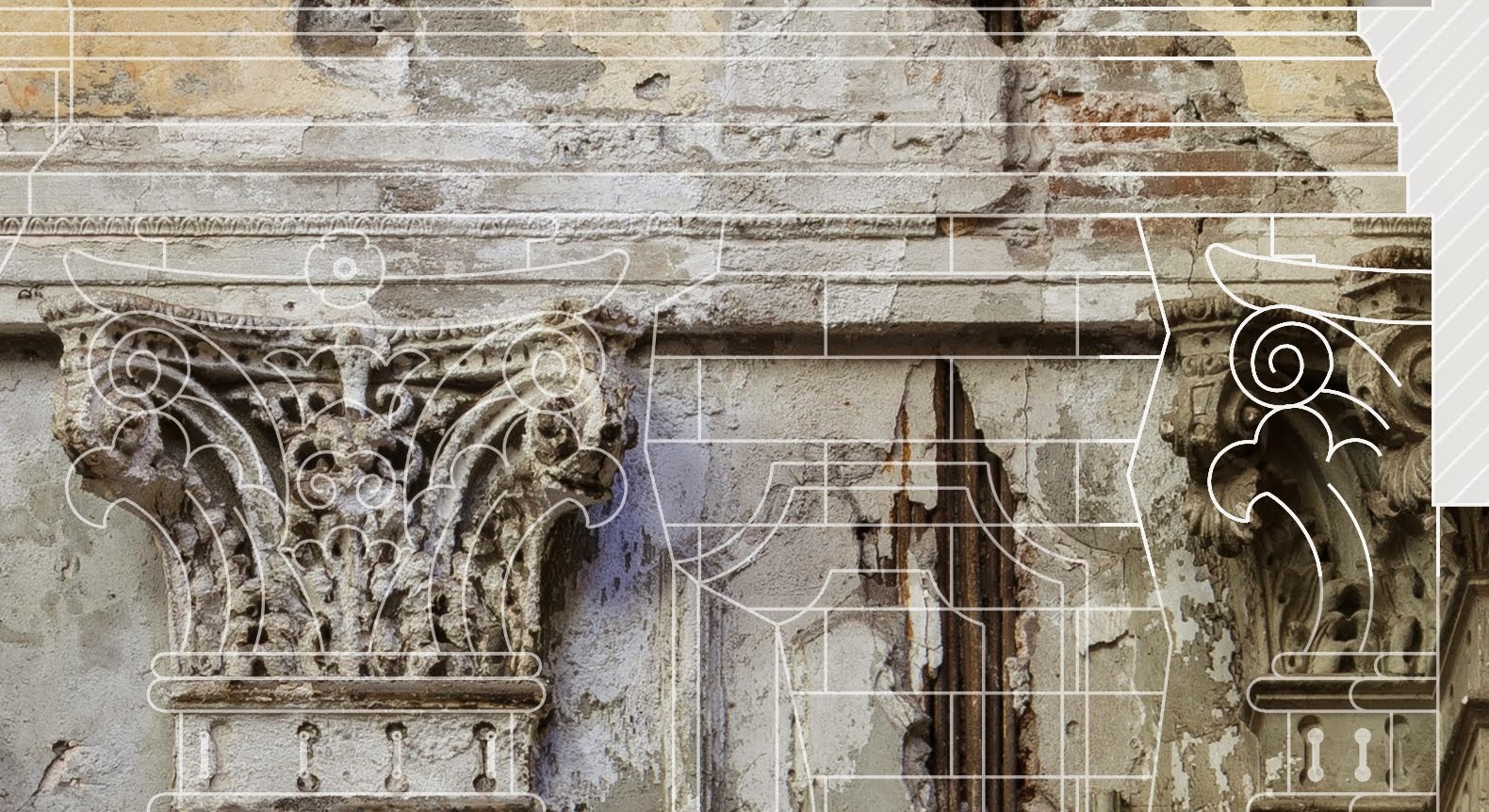
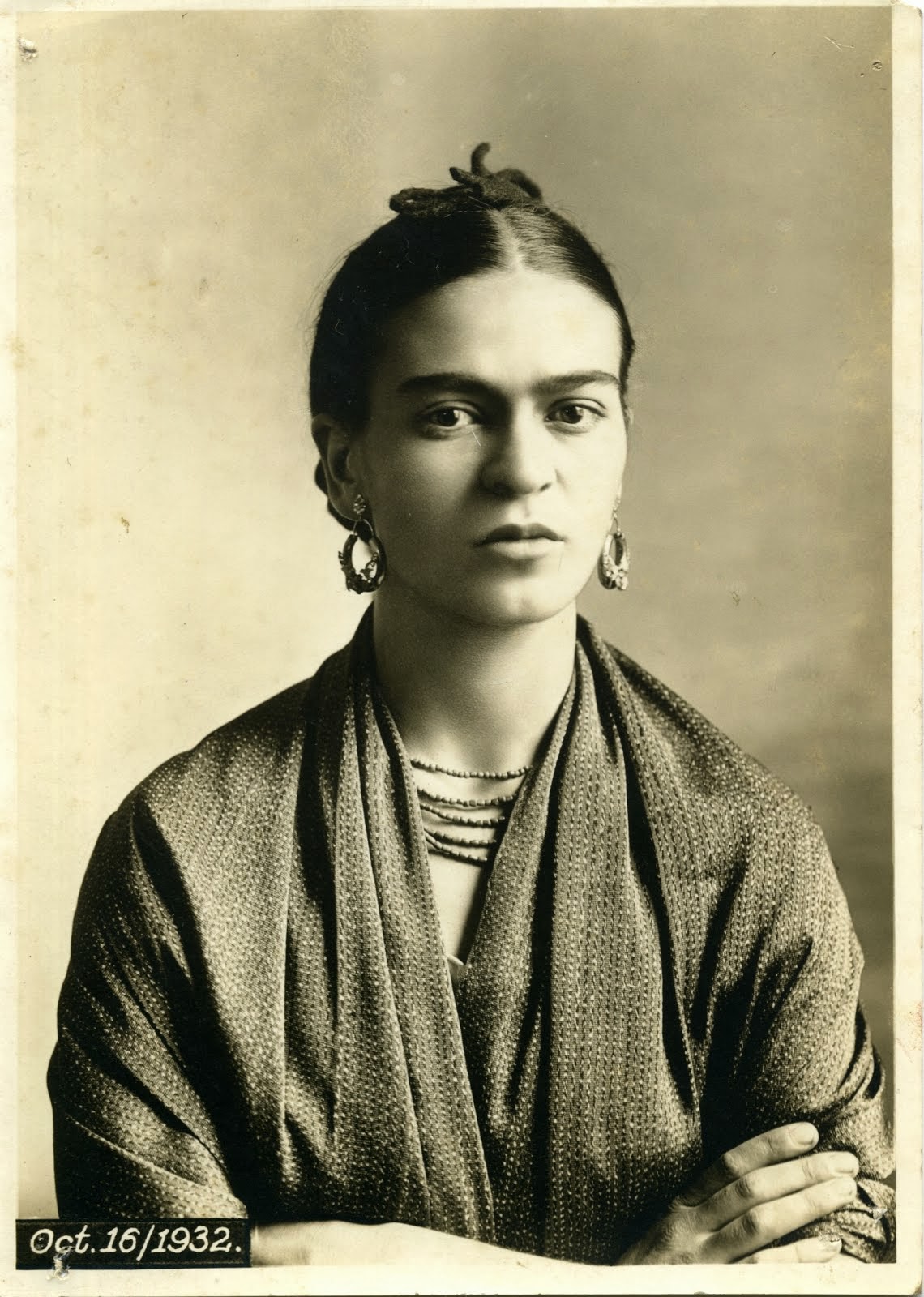
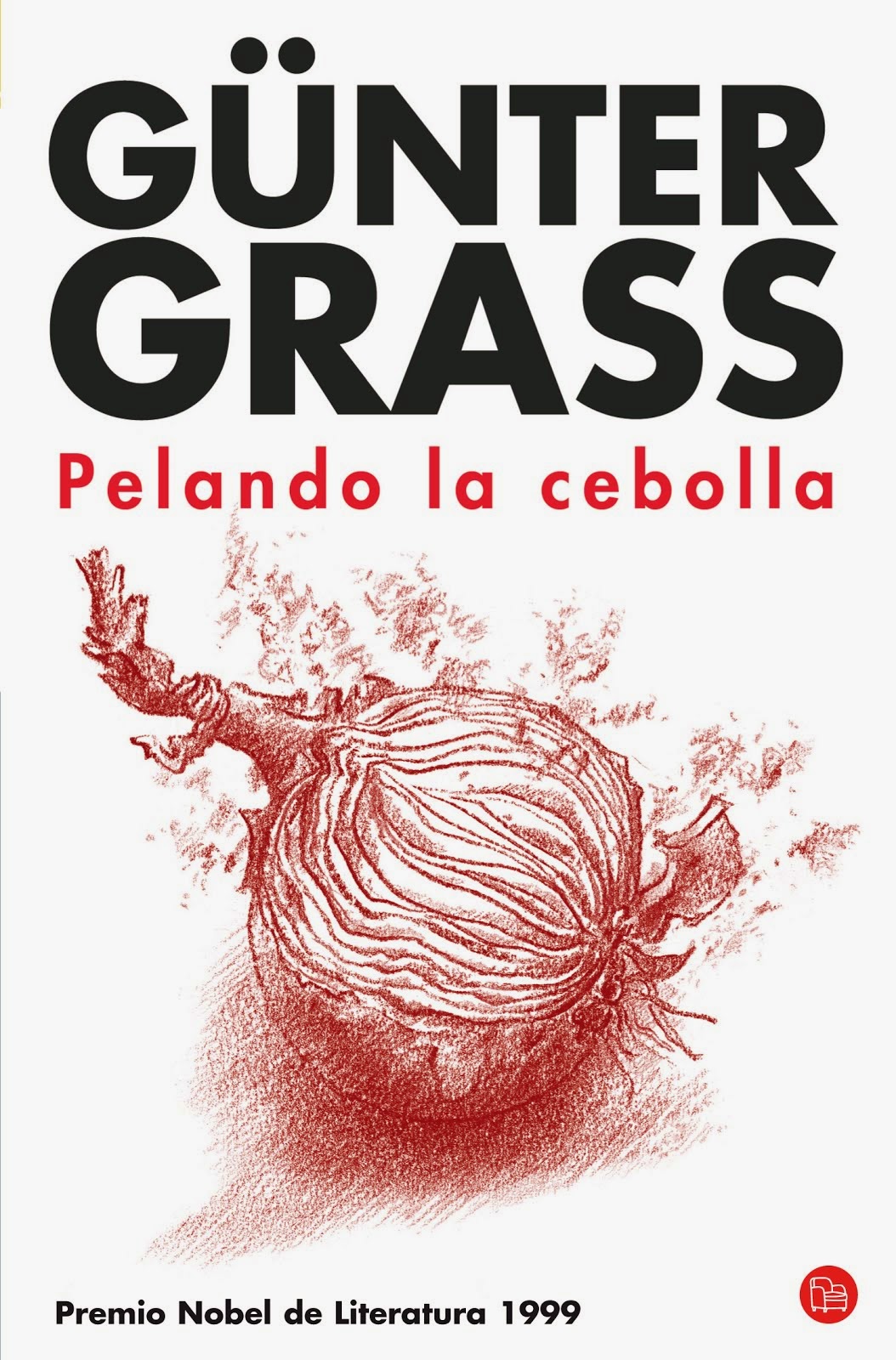
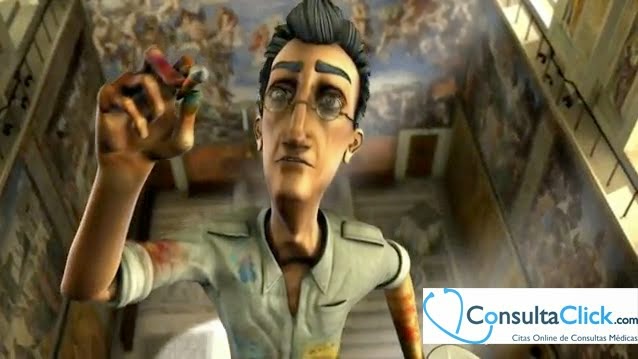




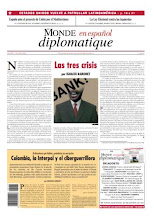

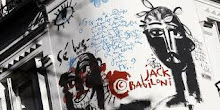
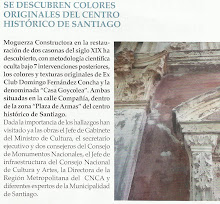


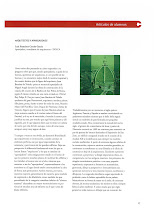



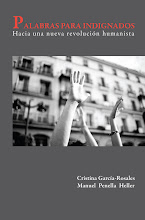

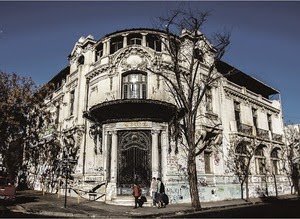





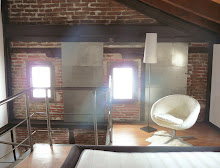



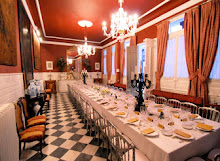
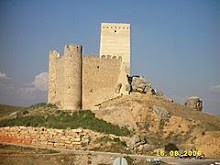






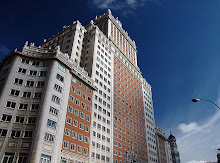


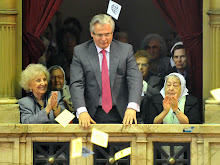











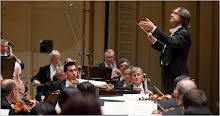
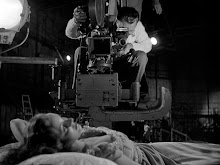



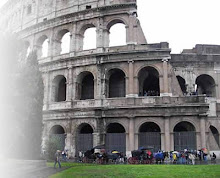

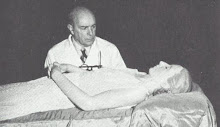
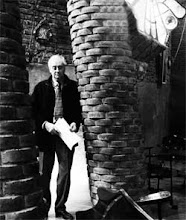

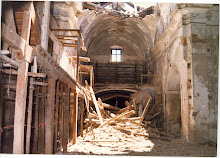
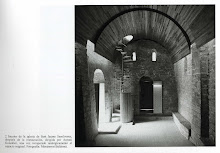
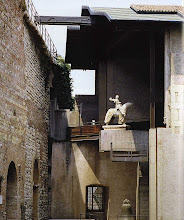
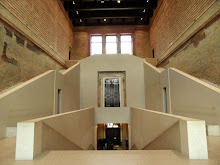
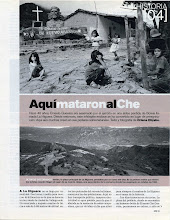
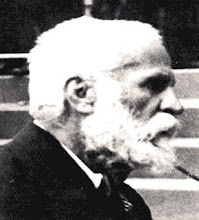

No hay comentarios:
Publicar un comentario